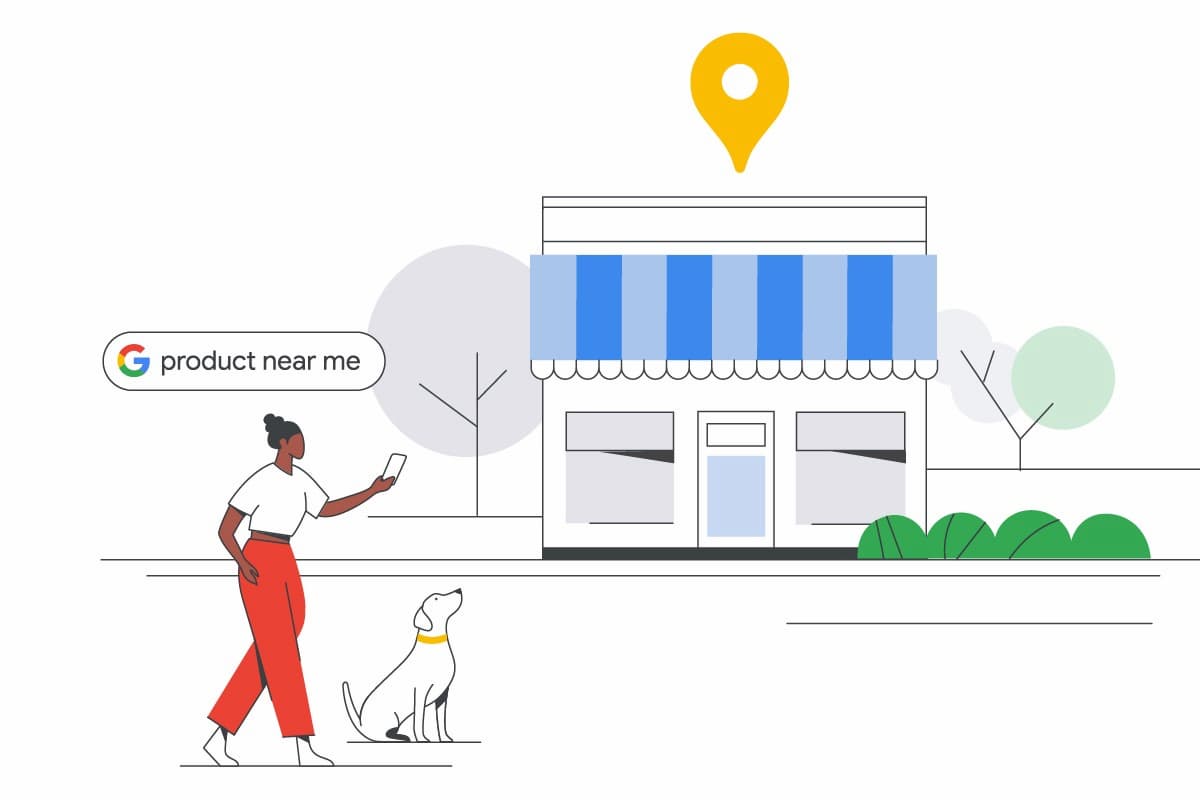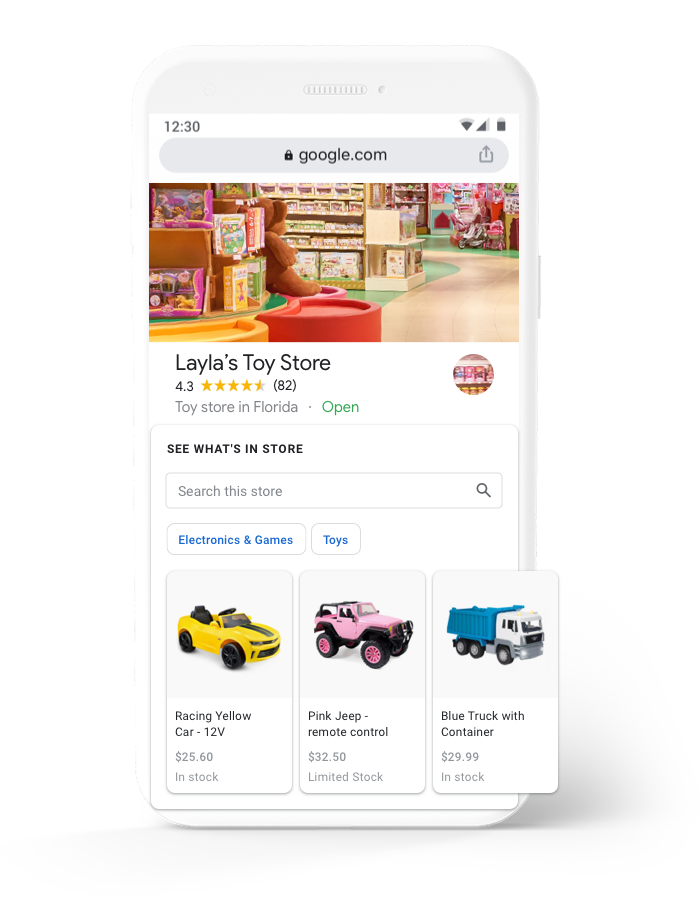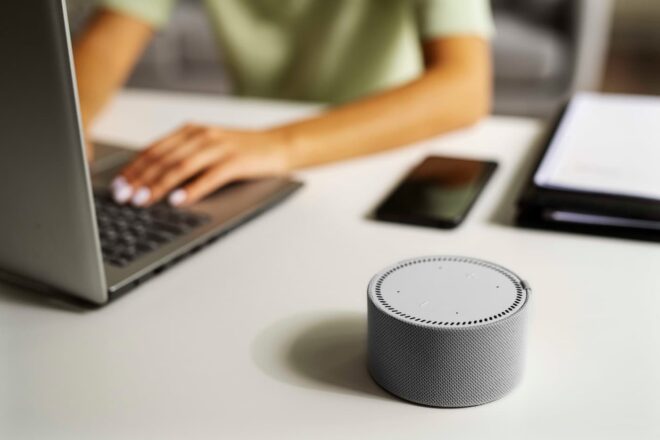Omnichannel shoppers are a big opportunity for local retail
Editorial Team
5 min read
After the rush of the holidays, the first few months of the new year can feel like a breather for many local retailers. t that breather can come with its own set of challenges and opportunities, especially in the face of an uncertain economic outlook.
With 81 percent[1] of consumers taking action to manage costs, 2023 will be the year for intentionality and meeting customers when they are ready to shop, making omnichannel efforts more important than ever for local retailers of all sizes.
Being where your customers are, when they need you
While e-commerce offers ease of use, the tangible nature of in-store shopping is still a big draw for customers, especially in their day-to-day lives. About 62 percent of shoppers say they are currently buying a majority of the items they need right now in a physical store,[2] however 54 percent of holiday shoppers used five or more channels to shop during the holiday season[3].
This shows that there is no single customer archetype: some customers will shop online, some in-store, and many will use multiple channels in an omnichannel experience that will change over the year.
Omnichannel shopping, or omniretail, is when customers shop across many channels. Take for example a customer who is looking for a specific brand of food for a pet with a given medical condition. They may begin their shopping journey with a recommendation from their vet which takes them online to YouTube to research, which may lead them to e-commerce websites to price compare and eventually into a physical pet store which specializes in that given condition.
For most retailers, omnichannel retail represents a welcome opportunity–but it can seem daunting given the sheer number of channels and new technology available.
Offering fulfillment in-store and via e-commerce may seem like an obvious solution, but that isn’t necessarily feasible or logical for many local retailers. Instead, increasing online visibility should be a focal point for local retail strategies in 2023.

Turning online browsers into in-store visitors
In a study conducted by Google and Ipsos in November 2022, 80 percent of holiday shoppers said they had researched or browsed before making a purchase, compared to 20 percent who said they had made a purchase on impulse.[4]
Many consumers now use online tools to research, with online ratings, reviews, and price comparisons making up an important part of their shopping experience.
For local retailers, this means increasing your online visibility and the real-time information available to your customers. A couple of years ago, a standalone website with contact information would have been sufficient, but consumers are used to having a myriad of information at their fingertips and are starting to expect the same of local retail.
A free Google Business Profile is a great place to start, as it can help your retail store stand out online while also giving you a visible home on Google Search, where many consumers are doing their research. The Business Profile allows retailers to showcase their hours and contact information, while enabling businesses to collect customer reviews, post updates, run targeted ads, and gather insights on their online presence.
Finding ways to communicate product availability will be equally important for growing omnichannel. If a retail store doubles down on stocking new brands, for example, customers need to know about it.
Eligible Clover retailers can easily add their in-store products to Google Search and Maps, free of charge. Products will also be added to the Business Profile, with its own product page showing a description, images, and store information. This can be a great way to show your customers what you carry while they’re doing their research.
The Google for Small Business retail website also has a trove of information for retailers on showing up and reaching customers.
For retailers who are running Google Ads, the Insights page gives access to search trends and insights based on account performance and searches across Google for the products and services they show ads for.
Meanwhile, Google Trends and Keyword Planner are other free tools to research emerging trends or product areas, and Google Analytics will help retailers monitor and analyze traffic to their existing website which can help them make decisions about their store and the products they carry.
2023 will be a year of opportunities for local retailers
The key takeaway is that shopping isn’t linear and that 2023 will be challenging, but with that challenge also brings opportunities. While consumers tighten their belts and shop with intentionality, local retailers need to match the attitude by providing accessible information for customers whatever channel they’re on.
Omnichannel will mean something different for each retailer and the resources available to them, but the first steps are to create a Business Profile, add in-store products to it, examine e-commerce options, and build out paths to better communicate with consumers.
Clover users with an existing Business Profile can easily add their in-store products to Google Search, Maps, and the Shopping tab for free.
GET STARTED[1] Ipsos Essentials COVID-19 tracker, AU, BR, CA, CN, FR, DE, IN, IT, JP, KR, MX, ES, ZA, U.K., and U.S., n=500–1000 online consumers per market ages 16–75 or 18–75 in U.S. and Canada, June 10, 2022–June 12, 2022.
[2] Google commissioned Ipsos COVID-19 Tracker, US, CA, UK, FR, DE, IT, AU, JP, RU, IN, CN, BR, MX, ES, ZA, KR ~n=500-1000 online consumers 18+ per market. Jan 6-9. 2022.
[3] Google/Ipsos, U.S., Holiday Shopping Study, online survey, n=7,253, Americans 18+ who conducted holiday shopping activities in past two days, Oct. 2021–Jan. 2022.
[4] Google/Ipsos, AR, AU, BE, BR, CA, CL, CO, DK, FI, FR, DE, IT, MX, NL, NO, PE, ES, SK, SE, U.K., and U.S., Holiday Shopping Study, online survey, n=54,971, online 18+ who shopped for the holidays in the past two days, week of Oct. 13, 2022–Nov. 23, 2022.
Related Posts
Voice shopping: What eCommerce merchants need to know
Clover apps to make your business more fun
Popular Topics
Stay in touch
Sign up and learn more about Clover.
Thank you for your subscription!
More posts about starting a small business
eBook





